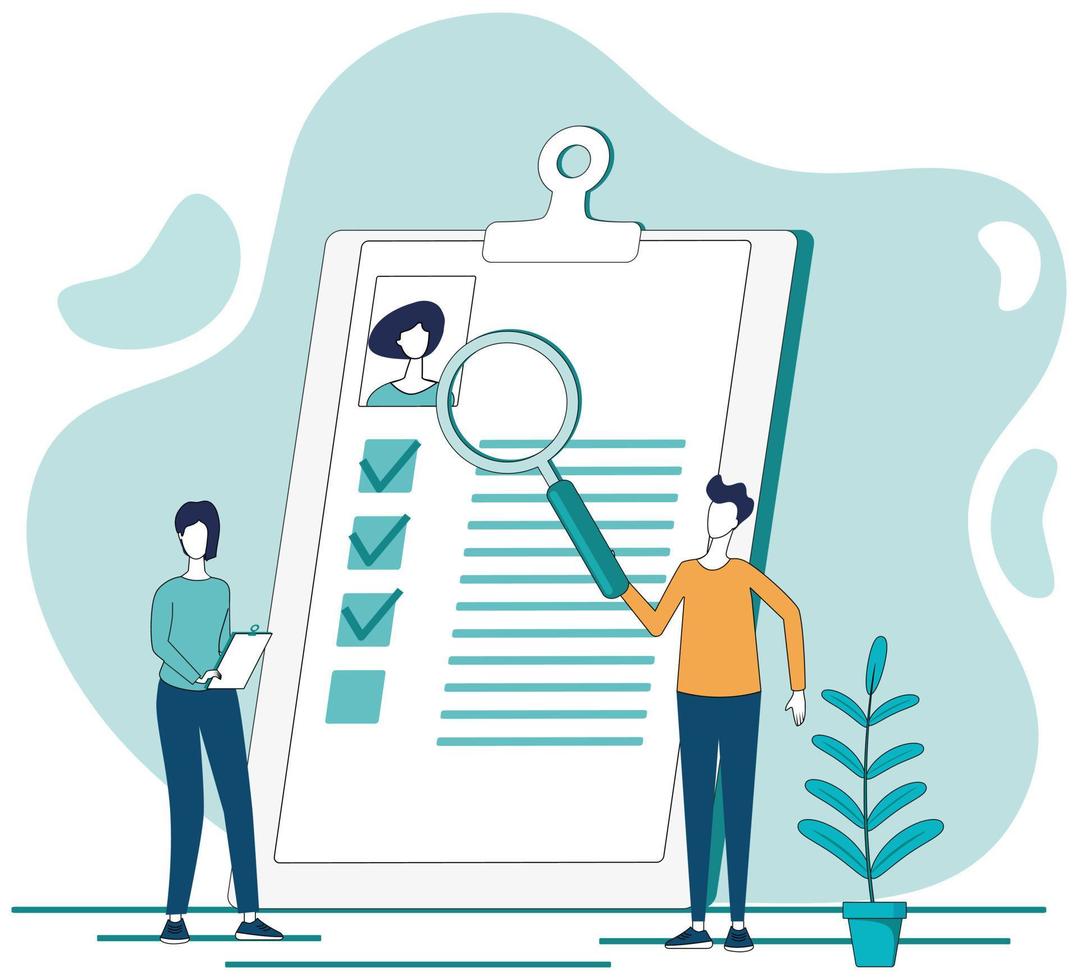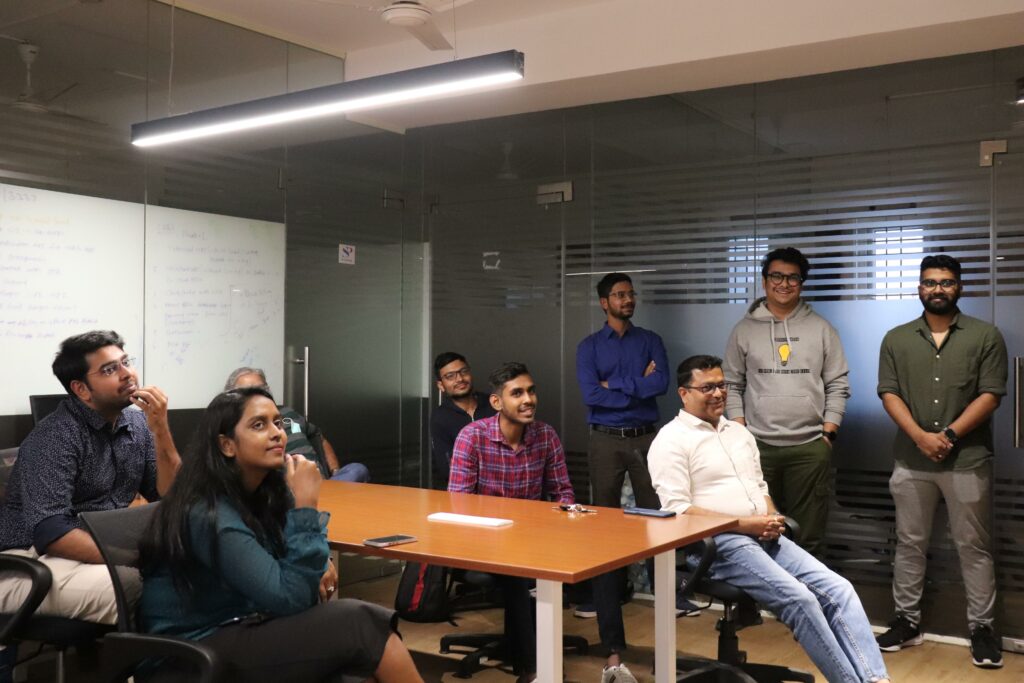Building a dream team is a crucial step in achieving success and reaching your goals. Whether you’re starting a new business plan, launching a project, or leading a team within an organization, assembling the right group of individuals can make all the difference.
They possess the skills, expertise, and motivation to tackle challenges head-on and drive innovation. However, assembling a dream team is not a simple task; it requires careful planning, thoughtful consideration, and effective strategies.

Defining Your Vision
Before embarking on the journey of building your dream team and formulating your startup strategy, it is crucial to have a clear vision in mind. Defining your vision involves clarifying your goals and objectives, understanding what you aim to achieve as a team.
In addition to goals, it is equally important to identify the core values and culture that will shape your team’s actions and decisions. These values serve as guiding principles and help establish the team’s identity. When everyone shares the same values, it fosters unity and a cohesive working environment, ensuring that the team operates with a shared mindset.
Another essential aspect of defining your vision is outlining the specific skills and expertise required within the team. Consider the knowledge and abilities needed to successfully execute your goals. Identify the areas where your team needs to excel and the expertise that will contribute to achieving desired outcomes. This step allows you to assess the gaps in your team’s skillset and helps in making informed decisions during the recruitment process.
A well-defined vision provides clarity, motivation, and focus to the team members, allowing them to understand their roles and responsibilities within the bigger picture. It also sets the stage for effective communication, as team members can align their actions with the shared vision, fostering collaboration and synergy.
Identifying Key Roles
When building your dream team, it is crucial to identify the key roles that will drive the success of your endeavors. These roles serve as the pillars of your team, with each one carrying specific responsibilities and contributing to the overall objectives.
One of the primary steps in identifying key roles is defining the leadership positions within the team. These roles often include team leaders, project managers, or department heads who are responsible for overseeing the overall operations and guiding the team towards achieving its goals.
Leadership roles play a crucial part in setting the team’s direction, making strategic decisions, and providing guidance and support to team members.In addition to leadership roles, it is essential to identify specialized roles that are critical to your team’s success. These roles can vary depending on the nature of your project or business.
For example, if you are building a software development team, you may need roles such as programmers, designers, quality assurance specialists, and project coordinators. Identify the specific skill sets and expertise required for each specialized role and ensure that they align with the goals and objectives of your team.
Attracting and Recruiting Talent
Once you have defined your vision and identified the key roles necessary for your dream team, the next step is to attract and recruit top talent who align with your goals and can contribute to your team’s success. Finding the right individuals who possess the required skills, expertise, and cultural fit is crucial for building a high-performing team.
To attract talent, start by creating an attractive job description and value proposition. Clearly communicate the purpose, vision, and exciting opportunities that joining your team entails.
Highlight the unique aspects of your team, such as the innovative projects, collaborative work environment, or growth opportunities that set you apart from competitors. Craft a compelling story that appeals to potential candidates and showcases the value they can bring by being part of your dream team.
Utilize various recruitment channels and strategies to reach a wide pool of candidates. This can include posting job openings on relevant job boards, leveraging social media platforms, attending industry events, and networking within professional circles. Cast a wide net to ensure you have a diverse range of qualified candidates to choose from.
Conducting effective interviews and assessments is vital in the recruitment process. Develop a structured interview process that evaluates candidates’ qualifications, experience, and cultural fit. Use a combination of behavioral and situational questions to gauge their problem-solving abilities, teamwork skills, and alignment with your team’s values.
Additionally, consider implementing skills assessments or work samples to evaluate their practical abilities and ensure they can deliver the desired results. For example, you can ask candidates to analyze a specific market scenario, identify potential opportunities and challenges, and propose strategies to capitalize on market trends. This will help you gauge their ability to perform market analysis and make informed decisions that align with your business objectives.
When evaluating candidates, consider not only their technical skills but also their soft skills and potential for growth. Look for individuals who are not only competent but also adaptable, collaborative, and open to learning. A growth mindset and a willingness to embrace new challenges are essential qualities that can contribute to the long-term success of your team.

Building a Collaborative Environment
Creating a collaborative environment is essential for nurturing your dream team and maximizing their potential. When team members work together effectively, share ideas, and support one another, it leads to increased productivity, innovation, and overall team success. Here are key strategies for building a collaborative environment:
Establish clear communication channels
Establish clear communication channels to facilitate effective information flow. Encourage open and transparent communication among team members, ensuring that everyone feels comfortable expressing their thoughts and ideas.
Implement regular team meetings, both formal and informal, to provide opportunities for discussions, updates, and brainstorming sessions. Foster an environment where active listening and constructive feedback are valued, enabling effective collaboration.
Foster a culture of trust, respect, and accountability
Fostering a culture of trust, respect, and accountabilityis vital for building a collaborative environment. Encourage trust among team members by promoting transparency, honesty, and integrity. When individuals trust each other, they feel comfortable sharing their ideas and concerns, fostering a supportive atmosphere.
Cultivate respect for diverse perspectives and encourage inclusivity, ensuring that every team member feels valued and heard. Foster a sense of accountability by setting clear expectations, encouraging ownership of tasks, and recognizing individual contributions.
Promote teamwork and collaboration
Promote teamwork and collaboration by establishing opportunities for cross-functional interactions. Encourage team members to collaborate on projects, share knowledge, and seek input from different areas of expertise. Foster a sense of camaraderie and unity by organizing team-building activities and social events that promote bonding and rapport.
Encourage cross-training and job rotation, allowing team members to gain exposure to different aspects of the team’s work and enhancing their understanding of each other’s roles.
Provide opportunities for professional growth and development to empower team members.
Offer training programs, workshops, and resources that enhance their skills and knowledge. Encourage mentorship and peer learning, where experienced team members can guide and support others. Recognize and leverage individual strengths, assigning tasks that align with their expertise and passions. When team members feel valued and empowered, they are more likely to actively contribute to the collaborative environment.
Building a collaborative environment requires continuous effort and reinforcement. Regularly assess the effectiveness of your communication channels and make adjustments as needed. Encourage ongoing feedback from team members, seeking their input on how to improve collaboration. Continuously promote the values of collaboration and reinforce desired behaviors through recognition and rewards. Celebrate team successes and milestones, fostering a positive and motivating atmosphere.

Managing Team Dynamics
Managing team dynamics is a critical aspect of building and maintaining a high-performing dream team. Team dynamics refer to the interactions, relationships, and behaviors among team members that influence their overall performance and effectiveness. Effectively managing these dynamics ensures a harmonious and productive work environment. Here are key strategies for managing team dynamics:
Resolving conflicts and promoting effective communication
Resolving conflicts and promoting effective communication are essential for maintaining a healthy team dynamic. Address conflicts promptly and constructively, encouraging open dialogue and understanding among team members.
Facilitate communication channels that allow for transparent and respectful discussions, ensuring that everyone’s voices are heard. Foster a culture where feedback is encouraged and welcomed, enabling team members to address issues and provide input to improve team dynamics.
Encourage diversity and inclusion within your team. Embrace and celebrate the unique perspectives, experiences, and ideas that each team member brings. Promote an environment where different opinions and viewpoints are respected, creating a space for creative problem-solving and innovation. Avoid favoritism or bias, and ensure that all team members have equal opportunities to contribute and grow.
Recognize and leverage individual strengths
Recognize and leverage individual strengths and talents within the team. Each team member possesses unique skills and capabilities that can be harnessed to benefit the team’s overall performance.
Assign tasks and responsibilities that align with each person’s strengths, allowing them to excel in their areas of expertise, such as preparing and analyzing financial projections. Encourage collaboration and knowledge-sharing, enabling team members to learn from one another and leverage their collective strengths to achieve shared goals.
Address performance issues constructively and provide support when needed. Identify any challenges or areas where team members may be struggling and offer guidance and resources to help them improve.
Have regular performance evaluations and provide constructive feedback to help individuals grow and develop professionally. Foster an environment of continuous learning and improvement, where mistakes are viewed as opportunities for growth rather than sources of blame or criticism.
Promote a positive team culture
Promote a positive team culture by recognizing and celebrating achievements. Acknowledge individual and team successes, providing praise and rewards for outstanding contributions. Celebrate milestones and accomplishments, reinforcing a sense of pride and motivation within the team. Encourage a supportive and collaborative atmosphere where team members uplift and encourage one another.
Regularly communicate the team’s progress, goals, and purpose. Keep team members informed about the impact of their work and how it aligns with the larger organizational objectives. Provide regular updates, share success stories, and communicate the team’s vision. This helps team members understand the significance of their contributions and stay motivated.

